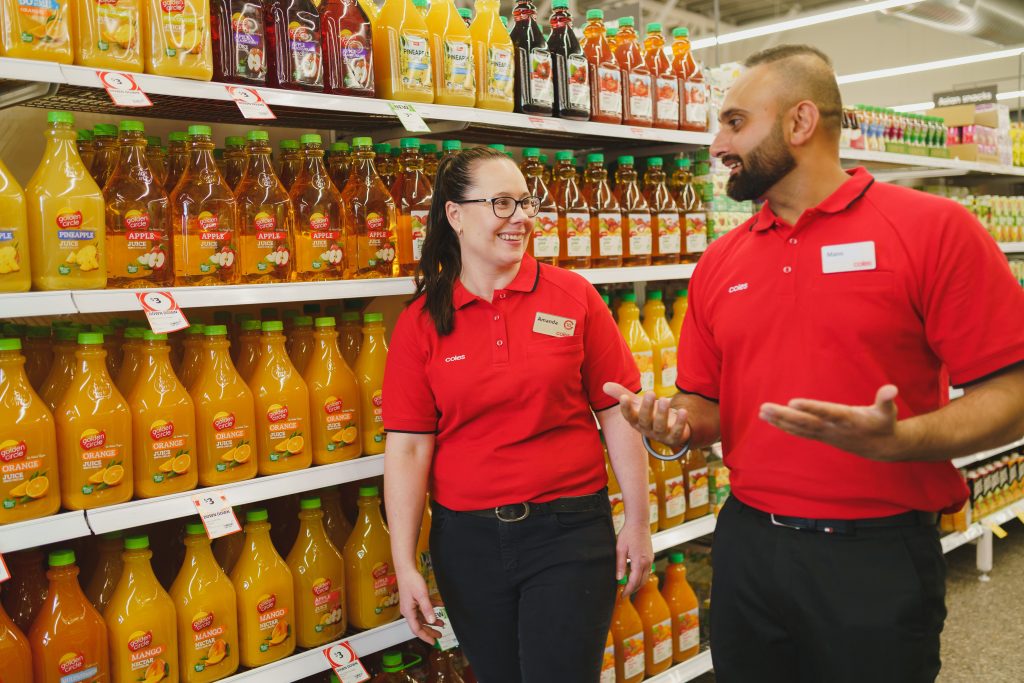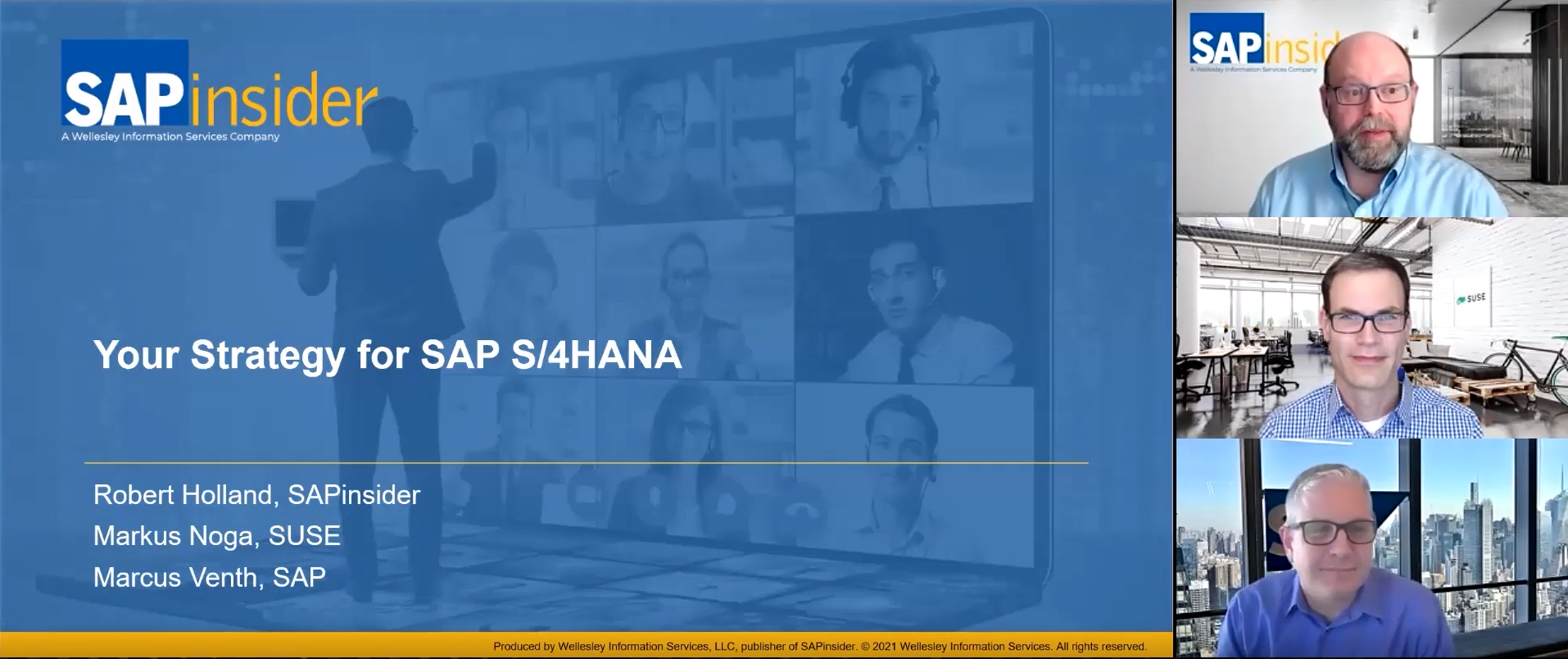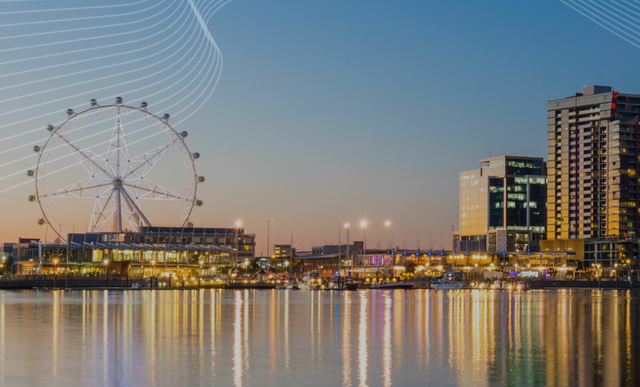Exclusive: The technology engine behind Mercedes-AMG PETRONAS Formula One Team
Meet the Authors
Key Takeaways
⇨ The F1 Australian Grand Prix weekend alone generates 7 billion data points
⇨ Leveraging this data and SAP solutions allows the team to dominate within the $135m cost cap
⇨ AI and automation key to driving efficiencies
Formula One racing is just like any other business, with the same kind of governance, regulatory and compliance challenges, as well as a lot of the different functions that support a product – except in F1 the product is 300km/h cars racing on the track.
And like other businesses, IT is one of those critical functions, playing a supporting role in the success of the team.
Mastering SAP sat down with Mercedes-AMG PETRONAS F1 Team IT director Michael Taylor while he was in town for the F1 Australian Grand Prix in Melbourne, to discuss the role of IT to the team’s success on and off the track, as well as how SAP has contributed to that success.
Explore related questions
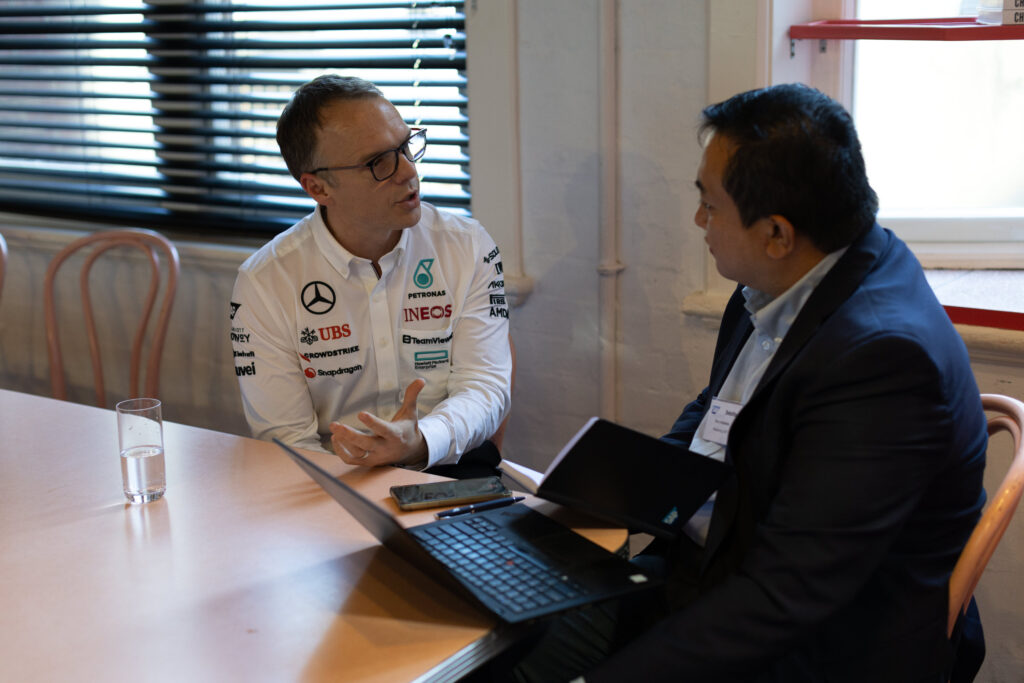
As IT director, Taylor looks after the technology needs of Mercedes-AMG PETRONAS F1 Team both operationally and strategically.
“Strategically, I take a forward-looking view on what’s happening in the industry and in the tech space, and how we can maybe maximise opportunities by bringing [new technology] into our portfolio,” he said.
Taylor’s role covers both the factory environment in Brackley in the United Kingdom, which has 1400 staff, and the trackside environment across the global locations the team race in.
“At the global locations we go to for races, we have onsite IT teams. We have three members of the IT team for the Australian Grand Prix weekend who would come in at the front end of the week and set up infrastructure and services within the garage and the pits and paddock area,” he said.
“Then we would have two engineers who come in midway through the week to effectively pick up and take forward the initial build and setup, and they’re here to take care of all the IT needs of the race team and everyone associated with the event.”
The engineers are responsible for ensuring the trackside information systems are up, reliable and working as expected, serving both the data needs from the car and all of the engineering needs. They also maintain connectivity back to the Brackley base and ensure the flow of data back and forth from the base to the trackside location.
What they do with all that data
Formula One has been data-driven sport for many years, and Taylor said the Australian Grand Prix weekend alone will generate some 7 billion data points.
“We’ve always been data-driven, and we’ve had telemetry on the cars for many, many years, and the number of data points we’re now taking in is in line with our ability to process and compute them, and directly correlates with the tech that’s out there,” he said.
“The key for the team is how the data is used and analysed, and how we make decisions from that and that’s the biggest challenge.”
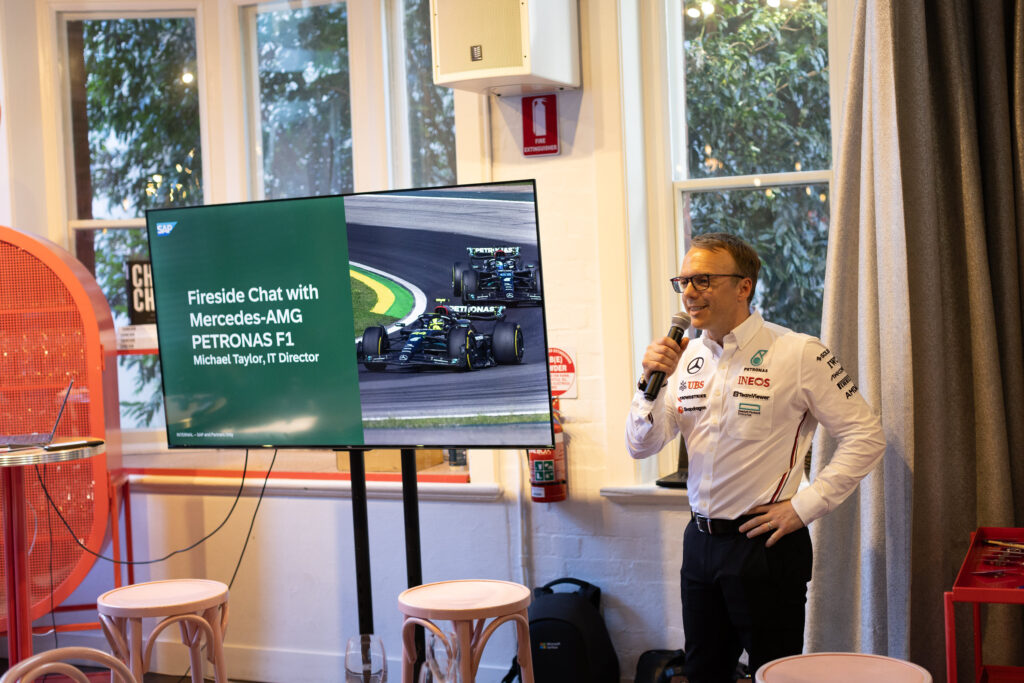
Mercedes-AMG PETRONAS F1 Team has been using data science tools and techniques, as well as machine learning, for several years, so generative AI poses as an exciting new tool.
“We’re not quite there in terms of the silver bullet kind of AI that’s going to optimise the setup of the car, optimise the race and ensure a race win, but we certainly see AI potentially complementing and supplementing our intelligent workforce over maybe a few years from now,” Taylor said.
“What SAP is doing with AI however fits in nicely with our strategy and focus, like saving people time, reducing their effort and enabling that sharper and faster decision-making.”
The team is currently exploring ways to structure its data successfully for AI, which Taylor admits that they are still getting to grips with and that it may take some time to get there.
“We have a huge number of data points and bringing it together for consumption and usage across the organisation is still a challenge, but it’s an opportunity,” he said.
Taylor said some AI use cases within the team include writing code faster, analysing and understanding regulations, and optimising resources.
“It’s there to automate tasks and activities, make people’s jobs easier and give them time to focus on more important tasks rather than important but repeatable tasks that have to be done but don’t necessarily add much in the way of providing additional data,” he said.
SAP partnership
While SAP has only become an official team partner for Mercedes-AMG PETRONAS F1 Team in 2023, Taylor said the team has been an SAP customer for 24 years.
“We’ve been a long-term customer of SAP, dating back to 2000, to help the team more efficient from an operations and organisation standpoint, and we also work together to drive the tech agenda and strategy for Mercedes-AMG PETRONAS F1 Team,” he said.
Taylor said the SAP partnership offers the team an opportunity to effectively make better use of the resources at their disposal. The partnership became even more crucial after Formula One governing body FIA introduced cost cap limits in 2021, where teams can only spend up to a certain amount per season.
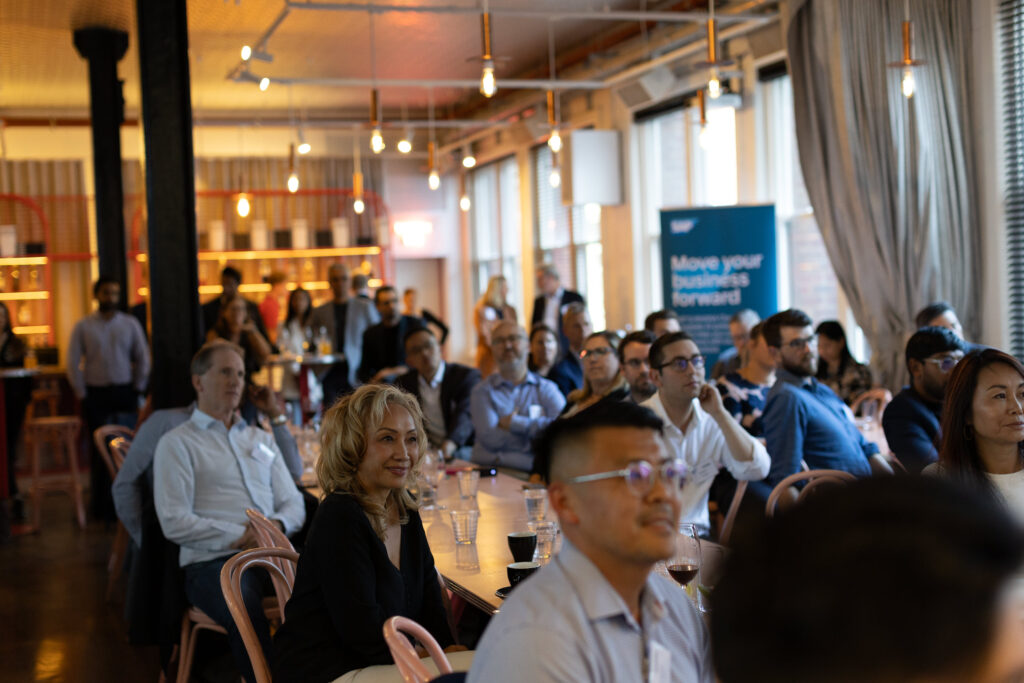
Cost cap limits aim to help level the playing field across all the teams, and the amounts change every season. It was initially set at US$175 million, before it was reduced to $145 million after the COVID19 pandemic impacted the 2020 season. The limits are then reduced by $5 million per successive season, with the current season set at $135 million.
“The cost cap covers any F1 included activity, and IT sits squarely within the cap,” Taylor said. “[F1 included activity] covers everything focused on what it takes to design, manufacture, build, test and race the car.”
“This partnership with SAP offers us the opportunity now to effectively make better uses of the resources that we have at our disposal.”
Taylor added that the cost base in F1 consists of three areas, namely the people-related costs like dynamicists, designers and employees; inventory costs related to the car’s parts and components and other associated costs; and traditional profit and loss.
“The partnership with SAP is very much about how we can optimise our technology to enable the organisation to make better, faster and more effective decisions,” he said.
“[These include] how we can better utilise the people-based resource, how we can optimise the spend on inventory and how we can manage and control inventory more effectively; and how we can be more effective in our spending. These all sit nicely within the sweet spot of SAP.”
Taylor added that SAP’s integration tool enables the ERP to touch every single part of the organisation, and become that single source of truth and that end-to-end view of the team’s supply chain, costs, inventory and where they are placed within the cost cap.
“We’ve been an SAP customer for so long that we’ve actually been quite self-sufficient as an organisation, and we have an ERP that’s configured specifically for the needs of a Formula One team,” Taylor said.
“With the introduction of financial regulation and the diversifying needs of the organisation, we’ve got a slightly different proposition now, so SAP are going to come in and play a much greater role in shaping the business of the future.
Cloud ambitions
Mercedes-AMG PETRONAS F1 Team moved from ECC to S/4HANA in 2021, and Taylor said it was done without impacting business operations.
“[The move] just required a lot of planning, thought, execution and a huge amount of testing, as well as stakeholder management, communication and alignment,” he said.
“We got there, we did it, it’s not impossible and the benefits once you do make that step [to S/4HANA] are huge.”
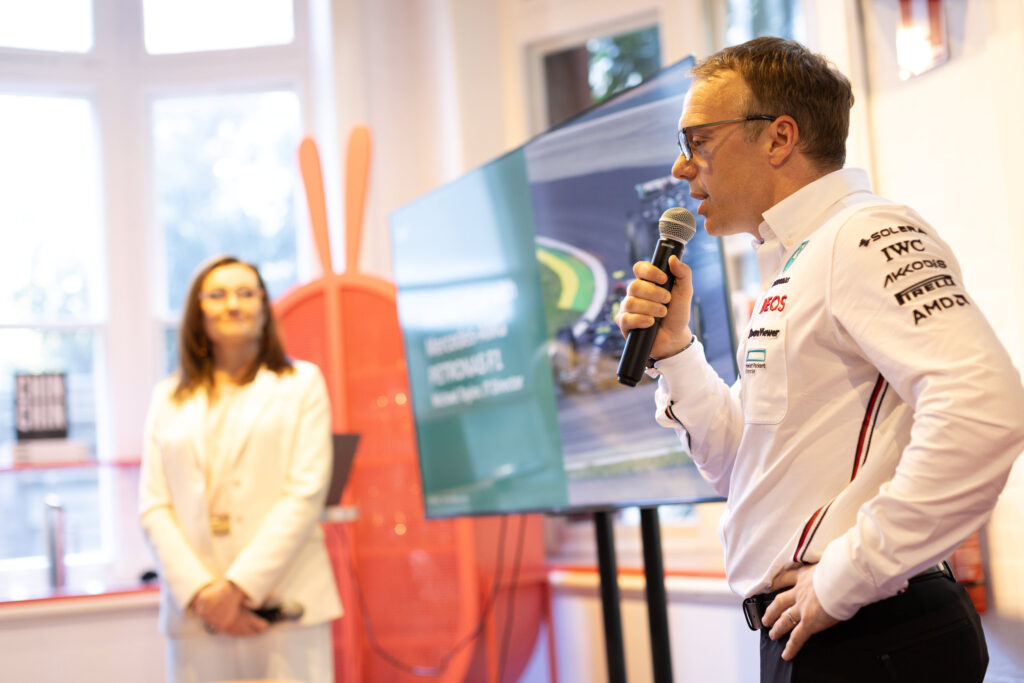
The team has also moved some workloads that are cloud-enabled, and they are working with SAP on cloud strategy with the focus on the future.
“We know we need to move to the cloud and that’s absolutely within our plan,” Taylor added.
“The reality is the world is evolving and certainly in the tech space. All the innovation that’s happening are on platforms with guard rails. Public cloud is absolutely where we want to end up because that’s where all the innovation is going to come the quickest.”



